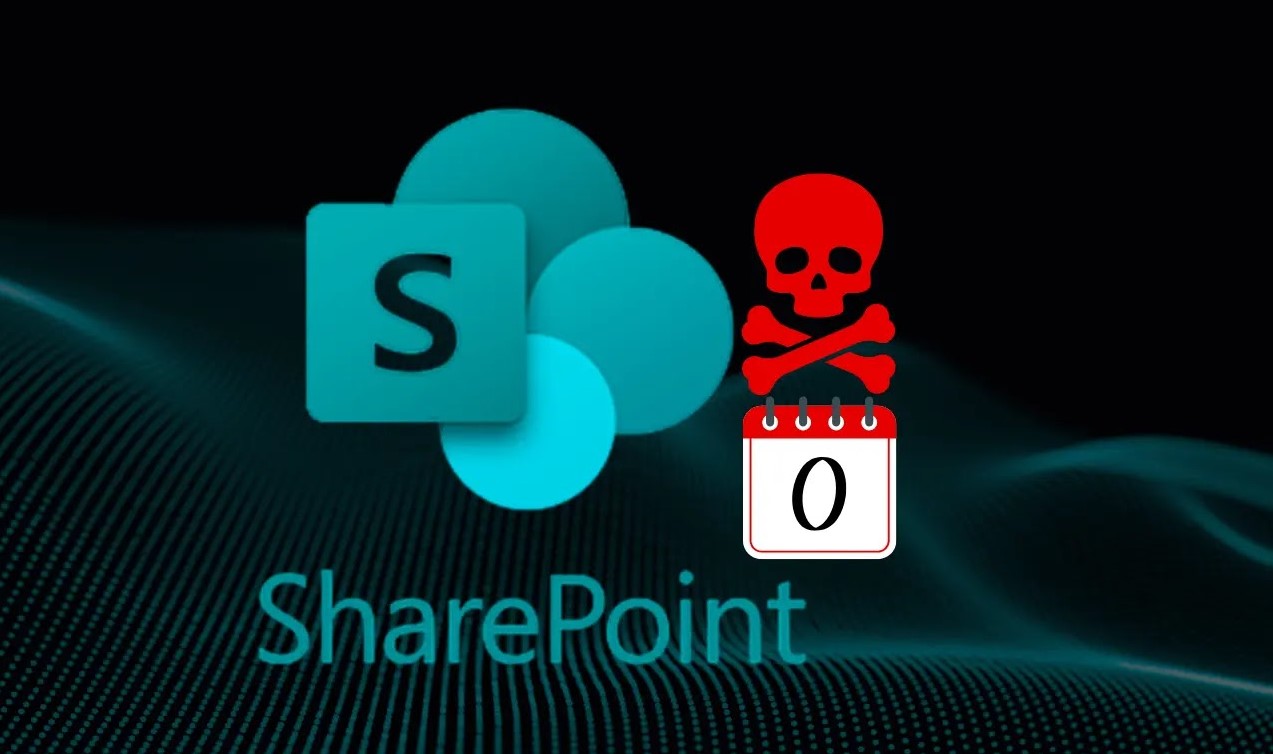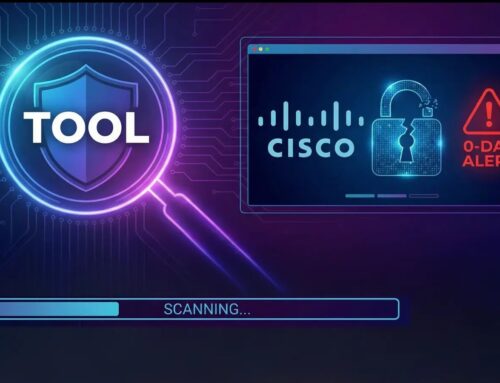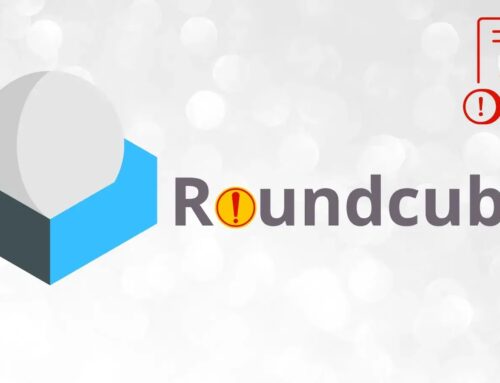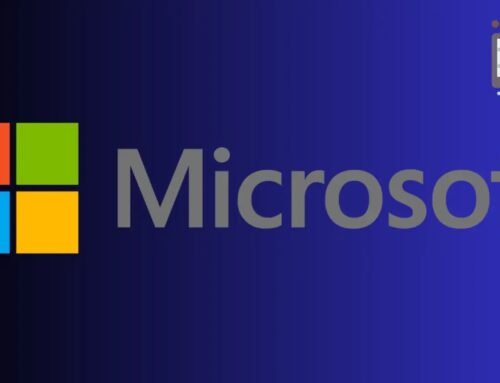
SharePoint 0-day Vulnerability Exploited in Wild by All Sorts of Hacker Groups
SharePoint Under Siege: Unpacking the “ToolShell” 0-Day Exploits
Microsoft SharePoint, a cornerstone collaboration platform for countless organizations worldwide, has recently been at the epicenter of a critical cybersecurity crisis. Threat actors, ranging from opportunistic cybercriminals to advanced nation-state groups, have been actively exploiting a zero-day vulnerability in SharePoint servers since mid-July 2025. This coordinated series of attacks, collectively dubbed “ToolShell” by Microsoft, underscores the ever-present and evolving threat landscape, demanding immediate attention from IT professionals and security teams.
The “ToolShell” Exploits: A Closer Look
On July 19, 2025, Microsoft officially confirmed the active exploitation of vulnerabilities comprising the “ToolShell” chain. While specific CVEs were not immediately released in the initial public acknowledgment, the term “zero-day” signifies that these vulnerabilities were unknown to Microsoft and the wider security community, and thus unpatched, prior to their exploitation in the wild. This class of attack is particularly insidious as it bypasses traditional security measures that rely on known signatures or patched flaws.
The severity of “ToolShell” lies in its broad adoption by a diverse array of threat actors. This suggests either a widely distributed exploit kit, a high-value target for a multitude of groups, or a combination of both. Such widespread exploitation often points to vulnerabilities that offer significant control over the compromised system, potentially leading to data exfiltration, system disruption, or further network lateral movement.
Who is Exploiting “ToolShell” and Why?
The cybersecurity news report highlights a critical aspect of this exploitation: the involvement of “all sorts of hacker groups.” This encompasses:
- Opportunistic Hackers: Individuals or small groups often leverage publicly available exploits quickly to gain unauthorized access, primarily for monetary gain through ransomware deployment or data theft for sale on dark web marketplaces.
- Organized Cybercriminal Gangs: These sophisticated groups operate with business-like structures, often focusing on high-value targets for large-scale data breaches, corporate espionage, or extortion.
- Nation-State Actors: These groups, backed by government resources, typically target critical infrastructure, intellectual property, or classified information for geopolitical advantage. Their methods are often highly advanced, persistent, and difficult to detect.
The attraction of SharePoint to these various groups is clear: it’s a repository of sensitive information and a critical operational component for many businesses. Exploiting a zero-day in such a pervasive platform offers unparalleled access and leverage to malicious actors.
Remediation Actions and Mitigation Strategies
Immediate action is paramount to protect SharePoint environments from the “ToolShell” exploits. While specific CVEs for “ToolShell” details are not yet fully disclosed, the following general principles and actions are crucial:
- Apply Patches Immediately: Monitor official Microsoft security advisories and promptly apply any and all patches related to SharePoint vulnerabilities, especially those released in response to the “ToolShell” incidents. Regular patching is the single most effective defense against known vulnerabilities.
- Isolate and Segment SharePoint Servers: Reduce the attack surface by ensuring SharePoint servers are appropriately segmented within the network. Limit direct internet exposure and implement strict firewall rules.
- Implement Least Privilege: Enforce the principle of least privilege for all user accounts and services interacting with SharePoint. Users and applications should only have the minimum necessary access rights.
- Strong Authentication: Mandate multi-factor authentication (MFA) for all SharePoint access, especially for administrative accounts.
- Network Monitoring: Deploy robust network intrusion detection and prevention systems (IDS/IPS) to monitor traffic to and from SharePoint servers for unusual patterns, command-and-control activity, or data exfiltration attempts.
- Endpoint Detection and Response (EDR): Utilize EDR solutions on SharePoint servers to detect and respond to suspicious processes, file modifications, or PowerShell activity that might indicate compromise.
- Regular Backups: Maintain a comprehensive, offsite, and immutable backup strategy for all SharePoint data. Test backup restoration regularly to ensure data integrity and recovery capabilities.
- Security Audits and Penetration Testing: Conduct regular security audits and penetration tests on your SharePoint infrastructure to identify potential weaknesses before malicious actors exploit them.
Relevant Tools for Detection and Mitigation
Implementing a robust security posture for SharePoint requires a combination of tools for proactive defense and reactive response. Here is a selection of relevant technologies:
| Tool Name | Purpose | Link |
|---|---|---|
| Microsoft Defender for Endpoint | Endpoint detection, response, and vulnerability management for SharePoint servers. | https://www.microsoft.com/en-us/security/business/threat-protection/microsoft-defender-for-endpoint |
| Microsoft 365 Defender | Unified security operations center (SOC) platform for monitoring and responding to incidents across Microsoft services, including SharePoint Online. | https://www.microsoft.com/en-us/security/business/threat-protection/microsoft-365-defender |
| Network Intrusion Detection/Prevention Systems (NIDS/NIPS) | Monitoring network traffic for suspicious activity and blocking known exploit attempts. Examples: Snort, Suricata. | https://www.snort.org/ https://suricata-ids.org/ |
| Vulnerability Scanners | Proactively identifying known vulnerabilities in SharePoint installations and underlying operating systems. Examples: Nessus, Qualys, OpenVAS. | https://www.tenable.com/products/nessus https://www.qualys.com/security-conference/security-tools/ http://www.openvas.org/ |
| Security Information and Event Management (SIEM) | Aggregating and analyzing security logs from SharePoint, servers, and network devices to detect and investigate threats. Examples: Splunk, Microsoft Sentinel. | https://www.splunk.com/ https://azure.microsoft.com/en-us/products/microsoft-sentinel |
Conclusion
The active exploitation of SharePoint zero-day vulnerabilities, collectively known as “ToolShell,” serves as a stark reminder of the continuous threats facing enterprise IT infrastructure. The diversity of threat actors involved—from cybercriminals to nation-state groups—highlights the critical importance of a proactive and layered security strategy. Organizations must prioritize immediate patching, robust network segmentation, strong authentication, and continuous monitoring to safeguard their SharePoint environments and the sensitive data they contain.
“`





